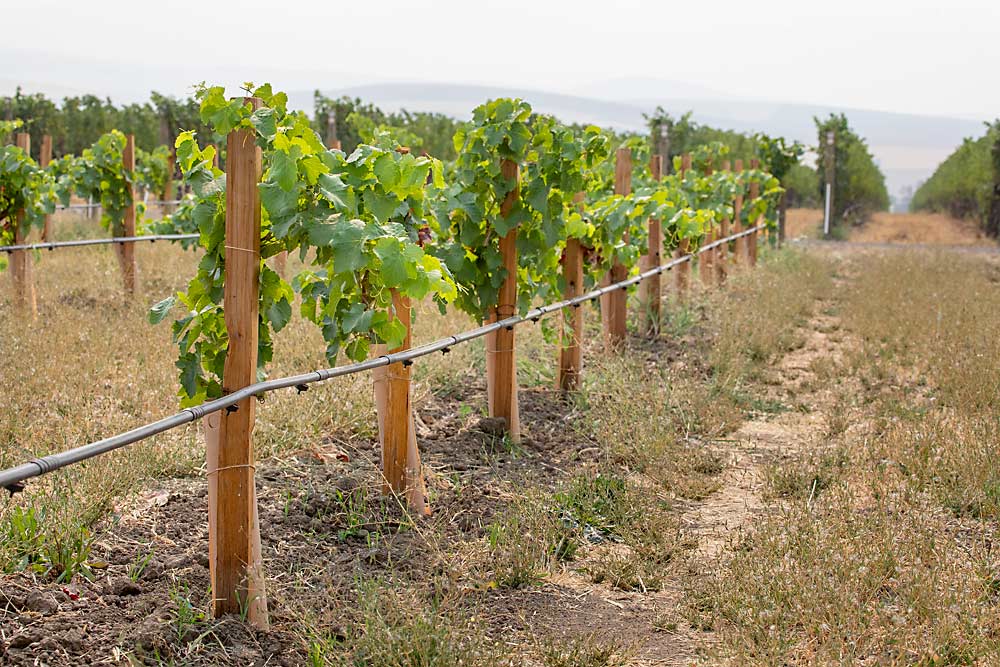
It’s not just the rootstocks that are new at Les Collines Vineyard in Walla Walla.
Vineyard manager Brad Sorensen came from the Napa and Sonoma area, to join Les Collines four years ago, and now he’s planning some redevelopment of the esteemed 200-acre vineyard with new approaches to training systems, soil health and sustainability.
Take a 6-acre block he recently planted with Grenache on Riparia Gloire rootstock, for example. He plans to head-train the vines — an approach well-suited for Grenache, but a first for this vineyard and his crew.
“Not everything has to be grown in the Washington VSP, you know,” he said. Each vine, staked with a cedar post, will be trained to the cordon in a ring, growing shoots in 360 degrees, all with sun penetration. “We obsess about row direction on VSP, but this will be a 3-D plant. The sun will do what it does.”
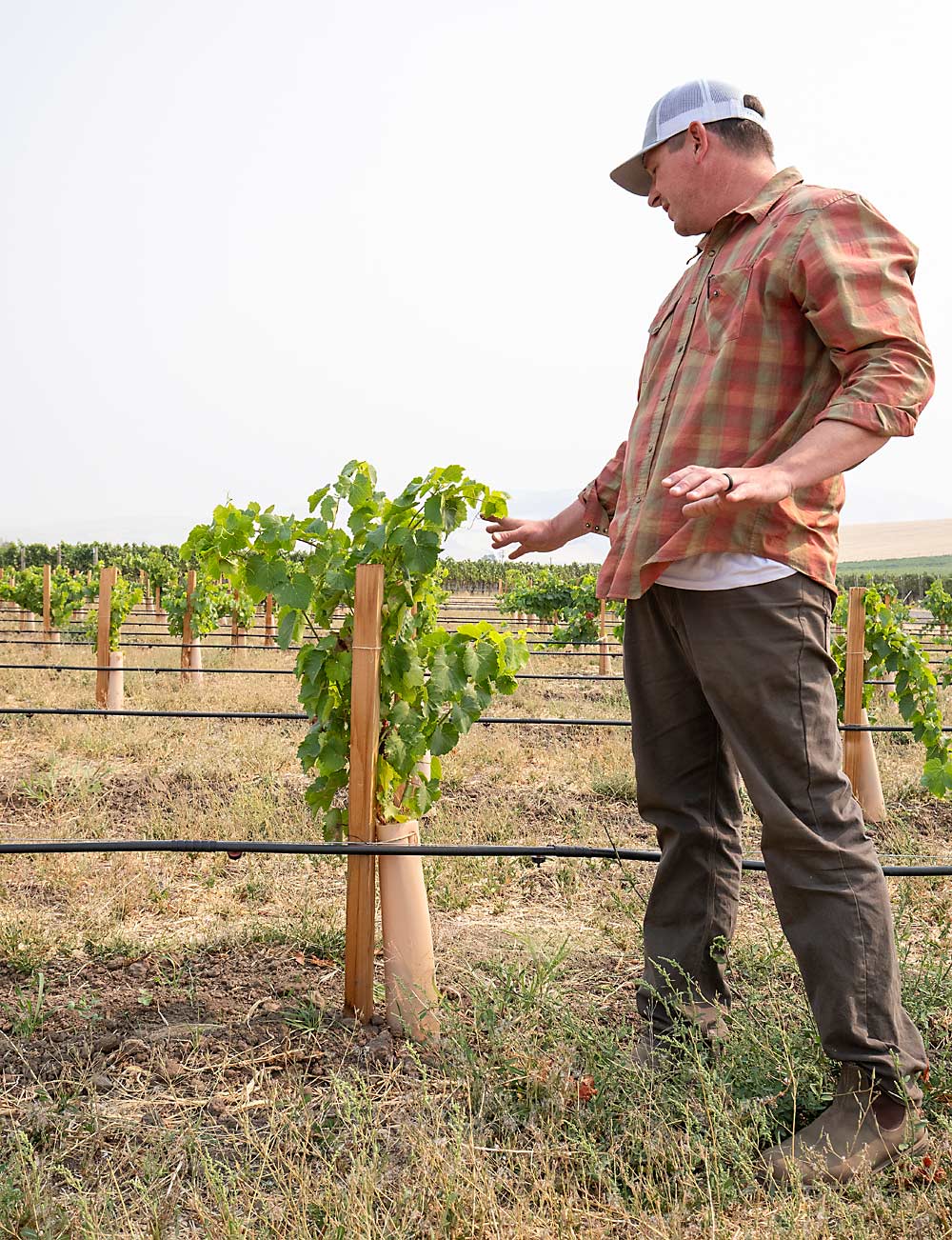
Sorensen likes the simplicity of the system, which requires no trellis, just a single wire carrying the drip line. It’s easy for workers to move through the block, and the vines will eventually be freestanding. But he acknowledges that there’s just a cool factor at play, too.
“The block is already sold, and we are three years from production,” he said.
Planning for the planting started three years earlier, when he removed an underperforming block. He saved the posts, chopped them in half and reinstalled them as end posts to hold the drip lines.
Then, he planted a cover crop blend that includes triticale for structure, peas and vetch for nitrogen boost, and mustards that act as a biofumigant.
While using cover crops is less common in arid Eastern Washington, Sorensen said the eastern part of the Walla Walla Valley, where he farms, gets enough rain to support it.
“It increases the organic matter, increases the nitrogen, and covers the bare earth to outcompete weeds,” he said. “After three years in that, then we’ll go to grass to hold that soil we improved.”
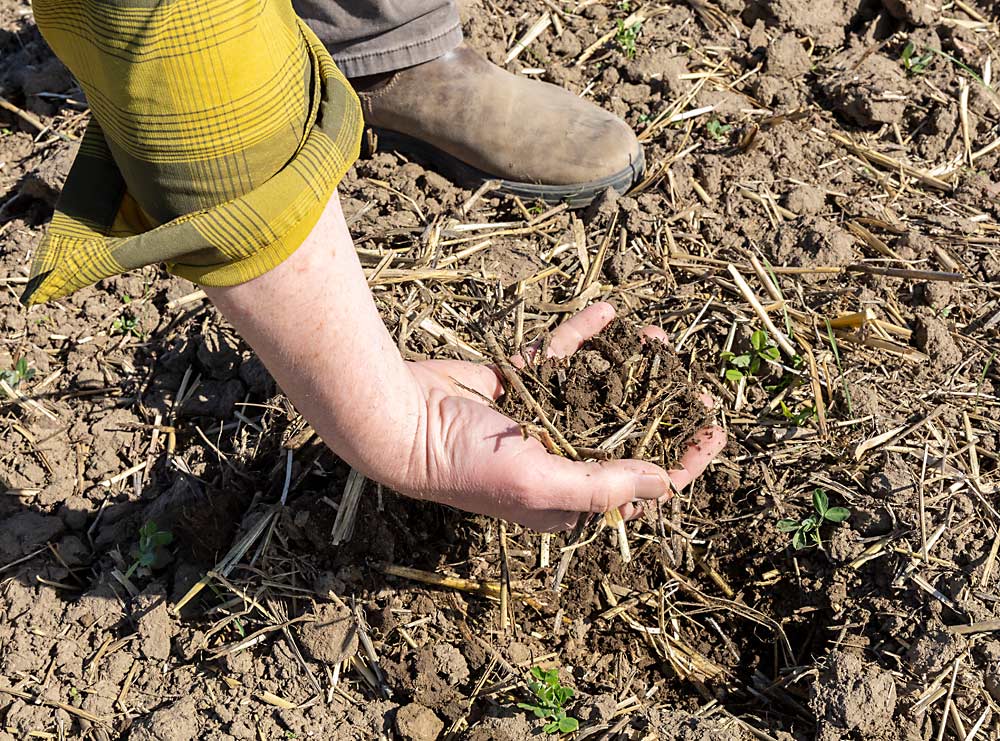
It grows quite tall, so the summer before planting, he uses a roll-crimper to break the cover crops off at the base, converting them into a thick mulch that will dry and then be tilled into the soil in the spring before planting. The roll-crimper is commonly used in no-till row crops — “I think it’s good to look outside the wine industry for ideas,” he said.
Before crimping, the fallow vineyard block also serves as habitat for critters that move in from a creek that runs along the farm property, from the foothills of the Blue Mountains to east of the vineyard.
That connection to the overall landscape is an important part of Les Collines’ approach to sustainability, even if it means deer jumping the fences sometimes, Sorensen said. The vineyard is LIVE certified, and he’s interested in learning more about Washington’s new sustainability approach that encompasses both vineyard and labor practices (see “Why to certify Washington vineyards”).
“I’m not sure how much it (sustainability practices) helps sell bottles, but it’s important to me because I have my kids out here,” he said.
When it came time to order vines, Sorensen opted for Riparia Gloire rootstock because it’s known to advance ripening.
“On a late-ripening grape like Grenache, it’s a winner,” he said. “It’s an example of how we don’t need to be afraid of using rootstocks.”
While he has some concerns about cold damage, which is not a challenge in California where he was familiar with farming on rootstocks, the 20-year-old vineyard features a lot of very old trunks. That suggests to him that cold damage severe enough to merit the labor-intensive practice of burying canes is rare on his site.
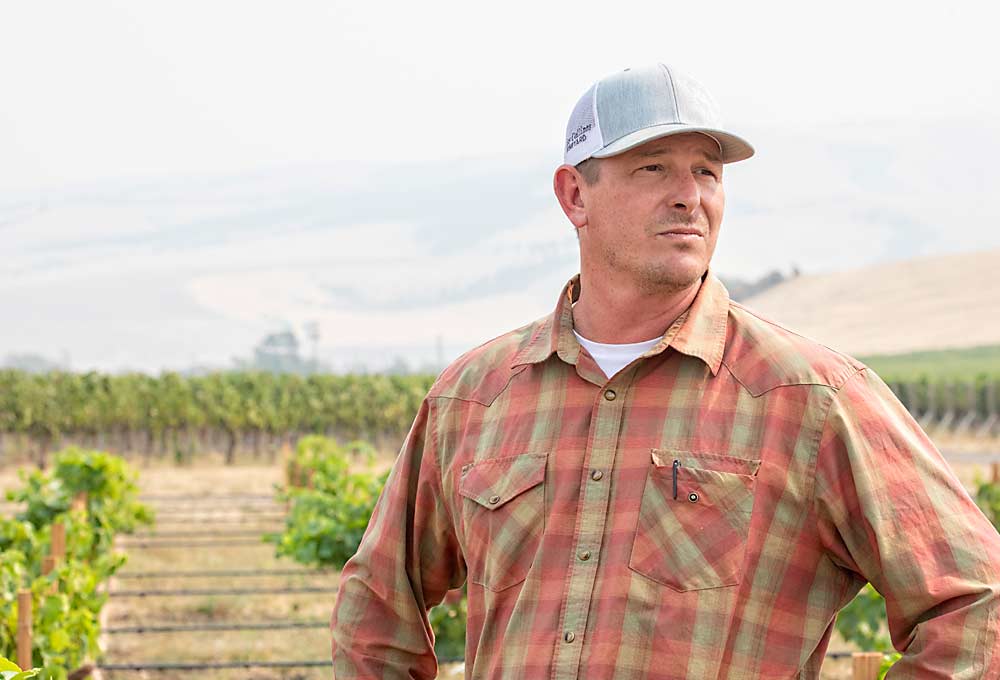
But he does plan to hill up over the graft unions in his new plantings, and to dehill every spring to prevent scion rooting, using the cultivation equipment the vineyard is already using as part of their herbicide-free management.
In another block newly planted in 2019, this one Cabernet Franc on their own roots, Sorensen plans to practice cane pruning. Unlike the spur pruning approach in which shoots are always taken back to the first two buds along the cordon, cane pruning involves renewing the wood every year, he said.
While spur pruning offers uniformity, cane pruning allows pruners to balance each vine individually. “It’s highly skilled and there are so many decisions to make, but you can literally prune vine to vine,” he said. His crew is excited to learn these new approaches, he added.
Next year, he has even more acres planned for redevelopment, if he can get the vines and trellis materials.
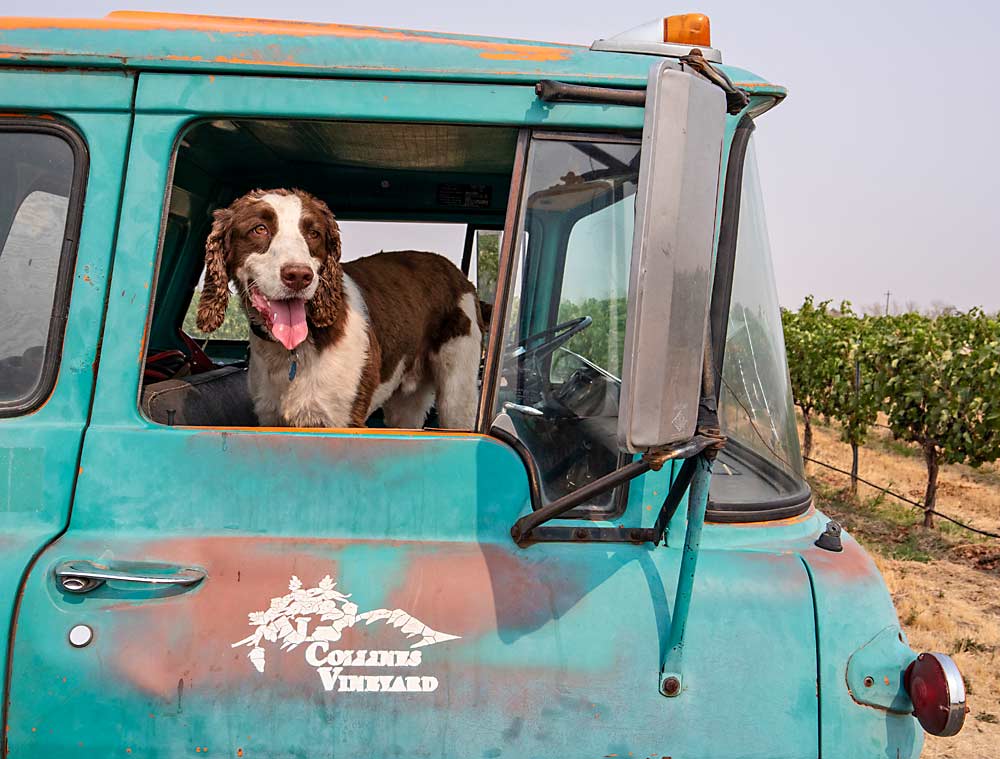
Sorensen is bringing some good ideas and improvements to the vineyard, said Norm McKibben, who planned the first development of Les Collines 20 years ago, though he’s no longer involved with the vineyard.
“It’s good to have new people bring in new ideas,” McKibben said.
Meanwhile, to prevent accidentally bringing phylloxera into the vineyard, Sorensen has changed up harvest operations to limit the number of vehicles driving into the vineyards. Winery trucks and workers’ cars all stop in a gravel lot at the vineyard’s entrance and farm vehicles ferry both the crew and the grapes in and out. It’s working well so far.
“Honestly, phylloxera or not, we’re going to keep it,” he said.
—by Kate Prengaman

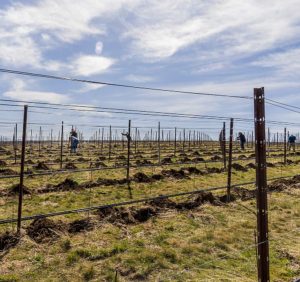
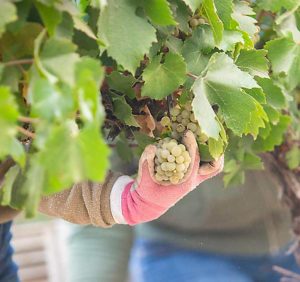
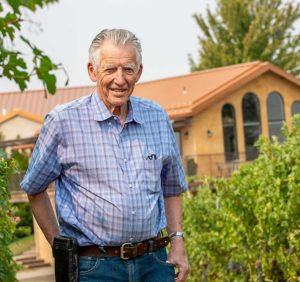





Leave A Comment